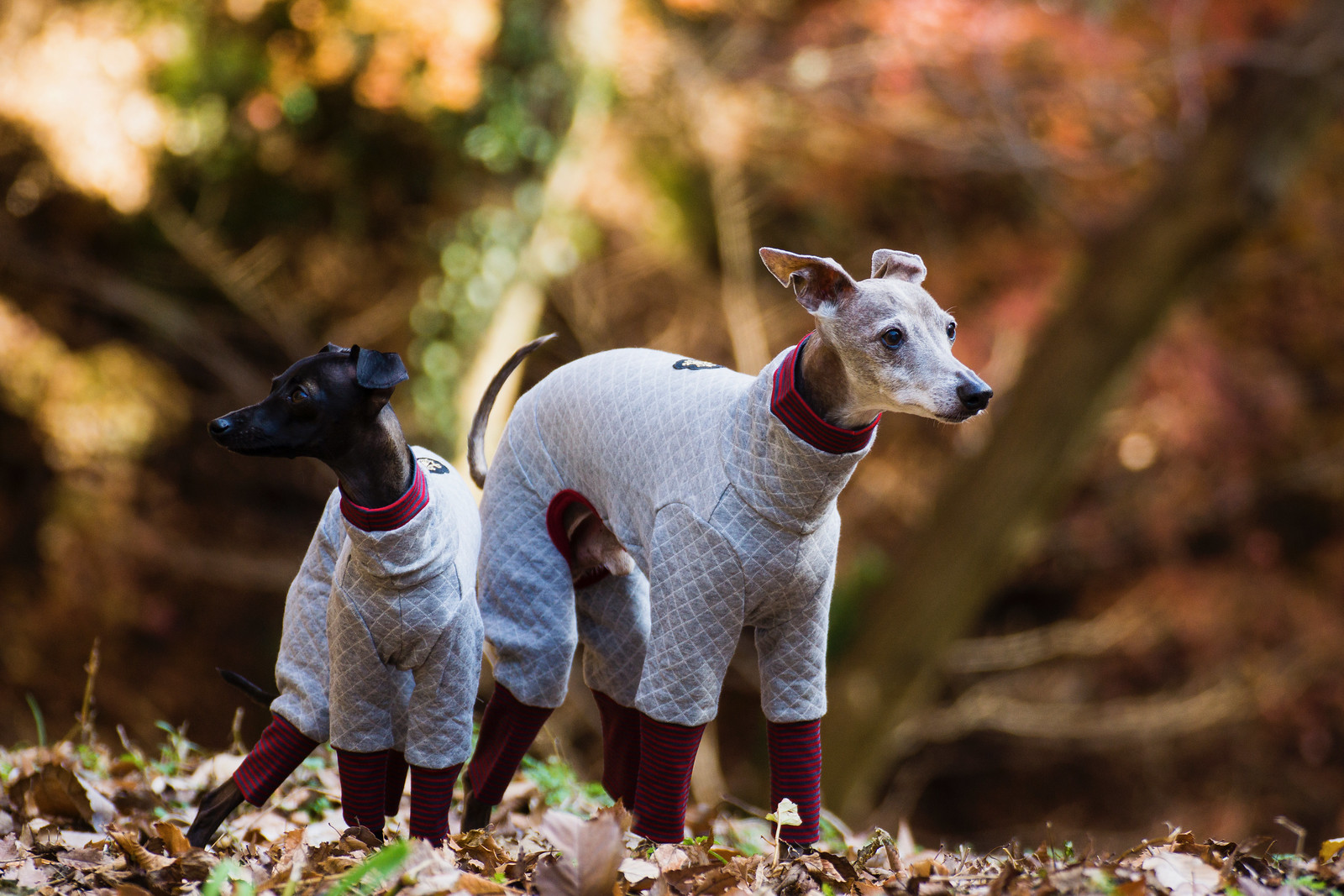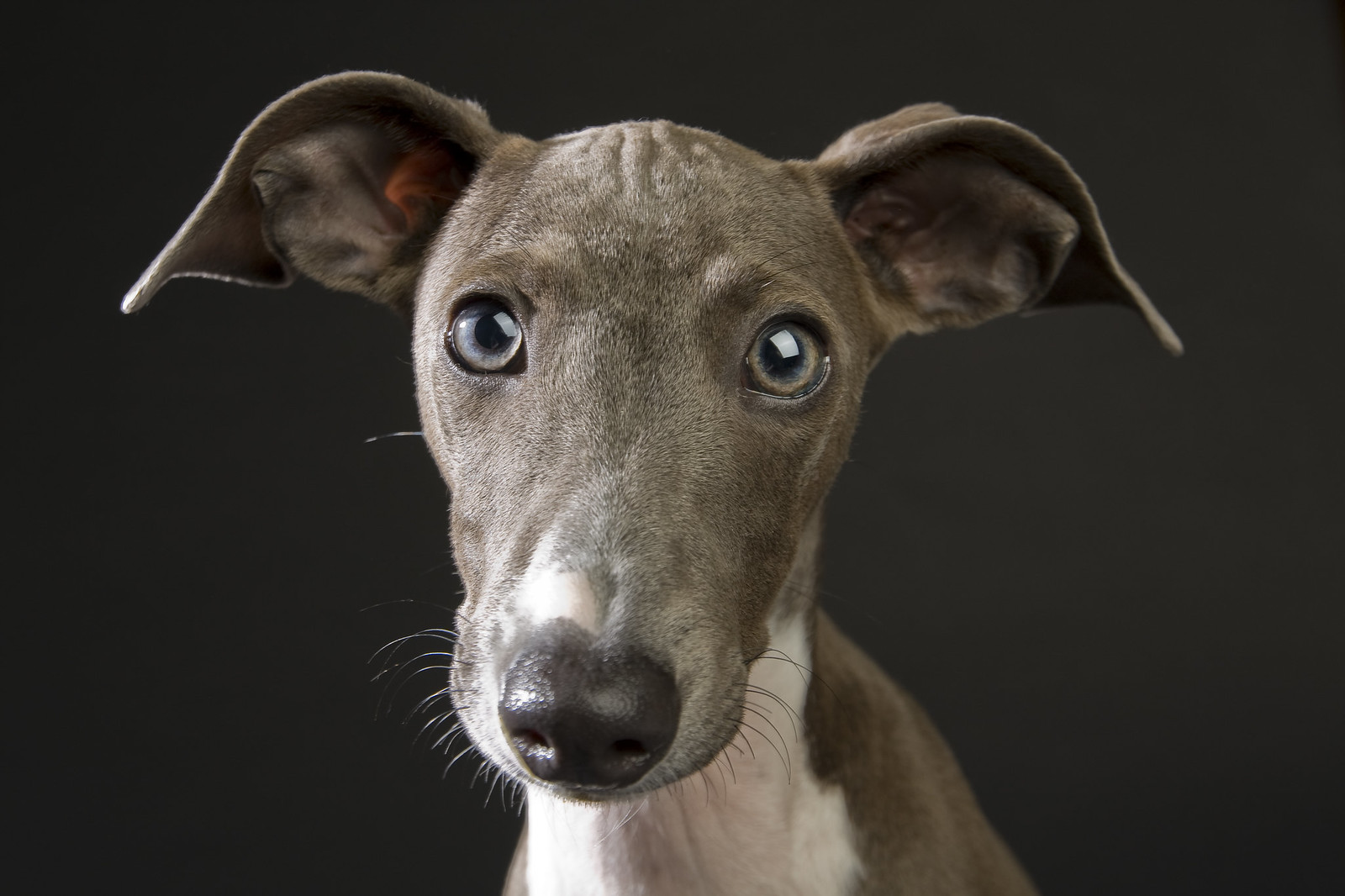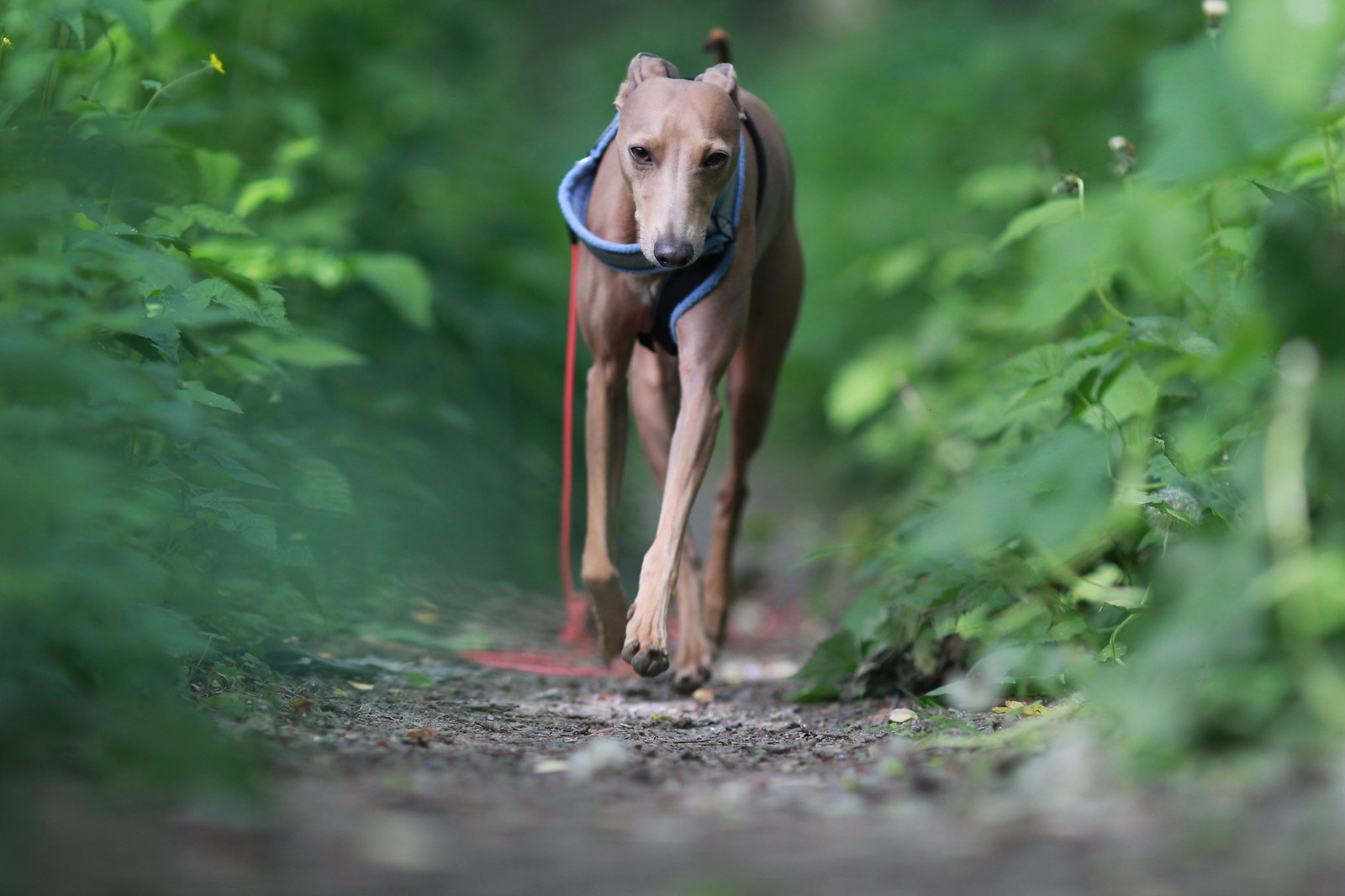The Italian greyhound is a mobile and a little reckless “substitute for a cat”, carrying a powerful charge of carelessness and love for a person. With these graceful and incredibly jumpy creatures, it is simply unrealistic to predict where your day will start and how it will end. Maybe it will take place in an atmosphere of pleasant idleness and friendly hugs. Or maybe it will become another holiday of disobedience, filled with unexpected surprises and discoveries that you will go over in your memory for more than one month.
#1 The roots of the Italian Greyhound breed, like its closest relatives, should be sought in Ancient Egypt.

It was in the Nile Valley that the first images of small Greyhounds were discovered, with which the pharaohs and the rest of the Egyptian nobility loved to inhabit their chambers. Gradually, the habitat of animals expanded, and the dogs ended up in Greece, and in the 5th century BC, they were already bred in full in Ancient Rome, as evidenced by the drawings preserved in Pompeii.
#2 During the Renaissance, a real boom began on the ancestors of Italian greyhounds.

European monarchs and bohemians kept dogs in dozens, extolling their amazing sensitivity and devotion to man. The Medici dynasty had a particular weakness for animals. There were a lot of legends about the breed, which was then called the Italian Greyhound. In particular, the king of Prussia and concurrently a great lover of Italian greyhounds Frederick the Great argued that if his pet had not shown prudence - that is, did not remain silent - at the moment when the emperor was hiding from his pursuers, the history of the principality would have received a completely different development. It is easy to understand the enthusiasm of the crowned person: Italian greyhounds have never been distinguished by their silence, therefore the fact that the four-legged friend “did not surrender” the king to the enemies is really surprising.
#3 You can also judge the fashion for the breed by the pictures of those times.

Titian, Van Dyck, Albrecht Durer, and a whole galaxy of eminent painters and engravers literally did not cope with orders prescribing to immortalize Italian Greyhounds on canvases, on which animals appeared as constant companions of nobles and monarchs. By the 19th century, the hype around Italian greyhounds began to subside, which prompted breeders to externalize the exterior of the animals. In attempts to reduce the size of the already small greyhounds, the owners went to extremes, which the English Kennel Club managed to stop only in 1873. At that time, the organization was seriously engaged in the standardization of breeds, and the mini-Italian greyhounds did not fit into the parameters approved by the club.
